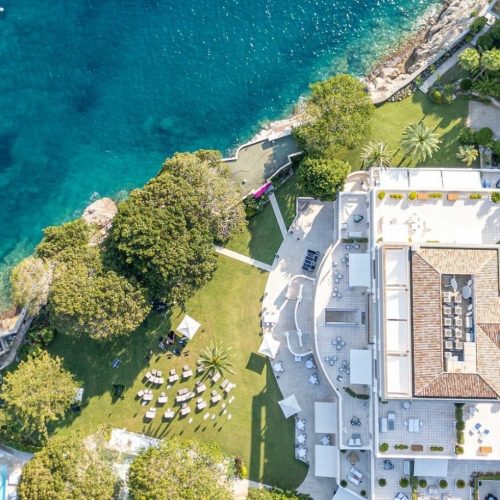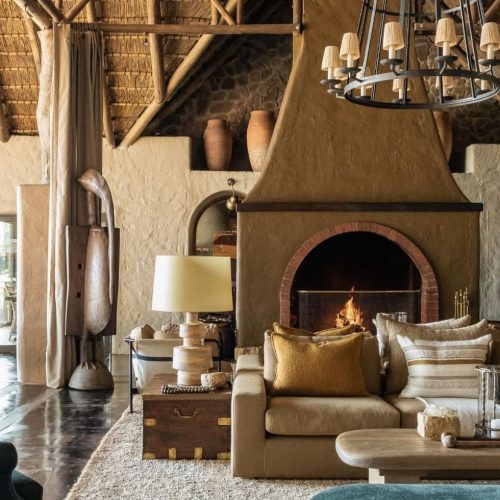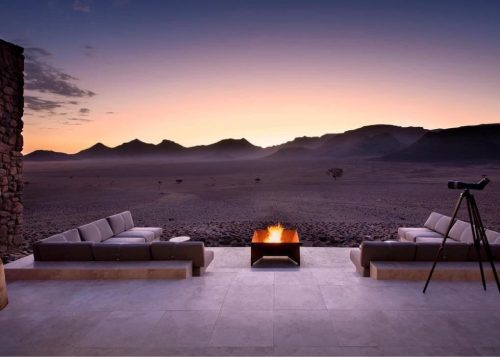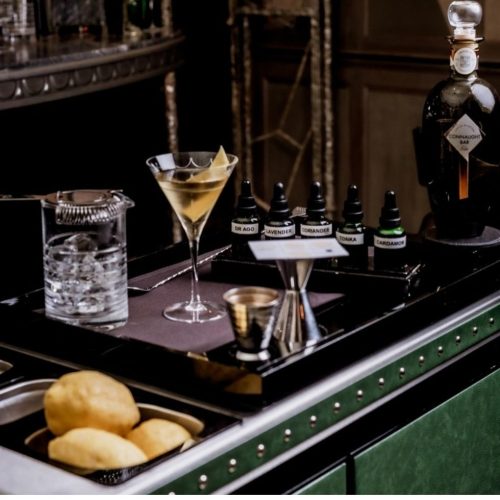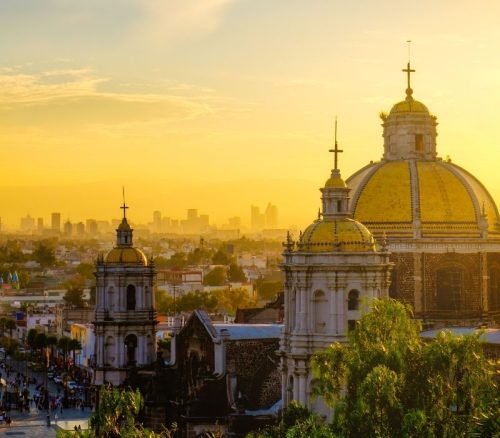No matter how much you know about wine– or don’t know for that matter– there’s always something more to learn. Top wine is made in places besides France, Italy, and Napa. And wine isn’t about pontificating its virtues; it’s about the experience. The people and in these destinations, the setting, may just be what you remember most.
You pride yourself on knowing your wine. Of course, you’ve done Napa and you’re an expert on France and Italy. In fact, there’s rarely a fine Cabernet, Bordeaux, or Brunello that doesn’t put you in a good mood. But, believe it or not, there are more places to explore, including the place wine was invented. This is your list.
For the wine connoisseur, you know that wine trips around the world make the best trips. This means that you’ve probably hit all of the usual suspects, like Champagne and Tuscany. However, there’s no reason to stop there. There are incredible wine trips to be had all across the globe. And, many in places that you wouldn’t expect. Here’s your guide to wine trips off the beaten path.
The Wine Region: Kakheti, Georgia
Overview:
You may not know, this, but we have Georgia to thank for that “orange wine” craze. This may come as a surprise, but Georgia is the country where wine was first invented. The Qvevri method, as they called it, blends the grapes – stems and all – in a clay pot underground. It’s this process that actually gives those ember wines, also known as orange wine, its color. The result of this old school method? A chemical-free fermentation process that not only tastes delicious but is better for you.
The heart of the wine making is in the Kakheti region. Here you can taste at a larger vineyard or right at someone’s kitchen table. It’s that authentic, raw experience that makes a trip to Georgia one of the best wine trips around the world.
Notable Wines:
Rkatsiteli and Saperavi grapes are two of the most prominent grown in the Kakheti wine region. Be on the lookout for Tifliski Vini Pogreb, an orange wine variety produced by the Qvevri Method. Also, the Telavi, Satrapezo Saperavi 2018 is a full-bodied and fruity red you’ll want to get your hands on.
Where to Stay: The Stamba, Tbilisi
The Stamba is not only a top-notch design hotel, but it’s the perfect stay for checking out all that Tbilisi has to offer. Moreover, you’re only a short drive away from the Kakheti wine region, so it’s the best of both worlds.
The Wine Region: Judean Foothills, Isreal
Overview:
This is one of those wine trips around the world that you’ll remember. That’s because it’s in the Judean Foothills, a wine region between Tel Aviv and Jerusalem, for a lifetime trip to Israel. Since biblical times, this region’s wines have been popular. However, today, it is the largest-growing wine region in the world. The high altitude results in cool temperatures at night and warm ones during the day. So, this helps the grapes to ripen to their fullest potential. Pair this with mineral-rich soil and natural irrigation, and you have some top-notch grapes.
Notable Wines:
The grape varieties that thrive in the Judean Foothills may surprise you. They grow popular French varieties such as Cabernet Sauvignon, Merlot, Chardonnay, and Sauvignon Blanc. Moreover, they produce a significant quantity of Kosher wine. The Israel specific grape though is Carignan, which always produces an interesting wine. Whatever the grape, these wines go through a special process that includes vine regulation, and prevents any animal products from being utilized.
Where to Stay: Mamilla, Jerusalem
The Mamilla Hotel balances Jerusalem’s rich history with all of your must-needed creature comforts. Plus, it is a great place to stay to explore Jerusalem and makes for an easy journey to the Judean Foothills.
The Wine Region: Mendoza, Argentina
Overview:
The Mendoza wine region produces two-thirds of Argentina’s wine. Situated at the foothills of the Andes Mountains, the land is 3,600 feet above sea level. As you know by now, this means good things for climate and wine maturity. The clay-heavy alluvial soils make for a notable terroir. Additionally, several nearby rivers allow for organic irrigation sources. Each subregion, which includes Maipu, Luján de Cuyo, and Uco Valley, offers distinctive varieties. So, for the whole Mendoza experience, we recommend visiting each to make for one of the best wine trips.
Notable Wines:
When it comes to wine in Argentina, most people think of Malbec. So it shouldn’t come as a surprise that this is the most common grape variety grown in the Mendoza region. This is true especially in the Luján de Cuyo subregion. The full-bodied red is characterized by dark fruit flavors and notes of tobacco.
Where to Stay: Park Hyatt Mendoza
The twentieth-century design and commitment to luxury make the Park Hyatt the ideal place to stay on a wine trip to Mendoza. it is located on Plaza Independencia, which offers close proximity to the area’s sites and cuisine. Plus, you’ll be able to taste some of Mendoza’s best wines in-house.
The Wine Region: Brda Region, Slovenia
Overview:
Slovenia, like Italy, is one of those European countries situated between the Alps and the Mediterranean. So, it makes sense that Slovenia’s Brda Region often compares to Tuscany. For those looking for sustainable wine trips, Slovenia should rank highly on your list. This is because Slovenia is the world’s first country to be considered a Global Green Destination. Moreover, despite that the region has a wine history dating back 2,400 years, it only produces a small percentage of Europe’s wines. So, these wines are special, exclusive, and well worth the trip.
Notable Wines:
The most commonly grown grape in the Brda region is Rebula. The white grape variety is known for its bright and citrus base. However, with sweet tannins and notes of vanilla to balance it out. Moreover, Brda is the primary grower of Rebula grapes. In other words, Slovenia makes the world’s best Rebula wines.
Where to Stay: Gredič Hotel
This boutique hotel puts you right where the action is. Aka, you’ll be as close as possible to visiting the vineyards without sacrificing the quality of your stay. Their gastronomic restaurant continually garners the attention of Michelin. Plus, their dishes pair excellently with wine varieties from the Bdra region. Oh, and did we mention it used to be a castle?
The Wine Region: Batroun, Lebanon
Overview:
Fifty-five kilometers north of Beirut, the coastal wine region of Batroun is rapidly growing. Known not only for its wines but its vivacious nightlife, Batroun is a worthy destination. Especially in the summer. With high altitude and sun-filled days through the majority of the year, Batroun produces flavorful and rich wines. Moreover, Batroun’s rare climate and closeness to the breezes off the Mediterranean gives it one of the rarest terroirs in the world. Additionally, it is extremely challenging for grapes to grow here due to the rocky soil. But the struggle of the wine means only the best grapes make it into your wine.
Notable Wines:
While this is one of the most unique wine trips around the world, you’ll likely be tasting familiar varieties. These include Cabernet Franc and Chardonnay. However, the terroir gives these wines a specific profile, with stronger aromas. Moreover, their wines typically have crisp and fresh finishes.
Where to Stay: The Four Seasons in Beirut.
The Four Seasons by far the most luxurious in town at the moment, and you can do a day trip to the wine region.
The Wine Region: Stellenbosch, South Africa
Overview
Just east of Cape Town, the district of Stellenbosch makes up one-third of the Cape Winelands. The vineyards, composed of hills and valleys, are hospitable to a large variety of grapes. So, as far as wine trips around the world go, you can taste a larger assortment of wines. The climate is mostly hot and dry, but coastal breezes from the south also play a role in the vine’s ripening. It is the high-drainage soil, however, that makes for such excellent Cabernet Sauvignon wines – which you’ve likely seen on many a wine list.
Notable Wines:
Cabernet Sauvignon is the most commonly grown grape in Stellenbosch. However, South African wineries commonly mix them with Merlot varieties to make Bordeaux blends. Moreover, Stellenbosch is where the Pinotage grape was initially bred, so make sure you get a taste while you’re visiting.
Where to Stay: La Residence
In the Franschhoek Valley, you’ll find the luxury La Residence. Not only do they offer you proximity to the Cape Winelands, but 30 acres of privacy. You’ll be able to journey to all of the notable estates, rather than having to pick one on a day trip. This is the wine trip that is really all about the wine – and your favorite creature comforts, of course.
The Wine Region: Moldova
Overview:
Moldova’s wine production is unique compared to many other European countries, and there are a few reasons for this. Firstly, Moldova’s wine regions have some of the oldest and longest cellars in the world. Aka the tours here are like no other. Secondly, the four wine regions in Moldova – Codru, Ștefan Vodă, Valul lui Traian and Divi – are protected by both the country and the EU. These regions all have their respective signature wine varieties, in accordance with the variations in their terroir. Overall, they privilege maintaining the region’s history and authenticity through their production.
Notable Wines:
The most notable wines grown in Moldova are the local varieties. The most popular of these is Feteasca Alba, a light and floral grape used primarily in sparkling whites. Additionally, the Feteasca Regala and Neagra are local wines with unique profiles worth tasting.
Where to Stay: Chateau Vartely
Wine trips to Moldova can put you all over the country’s map. This means that you’ll likely want to find multiple places to stay on your journey to each of the regions. A good place to start, however, is Chateau Vartely. This winery not only has a stunning assortment of Moldovian wines, but an on-premise restaurant and upscale accommodations.

































